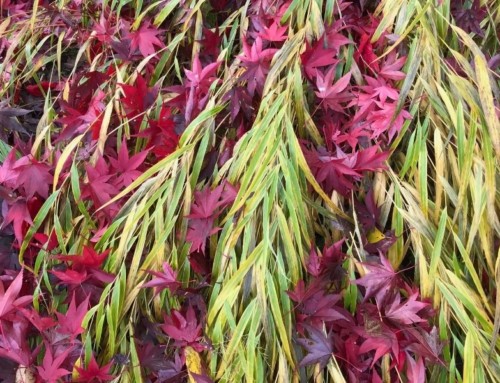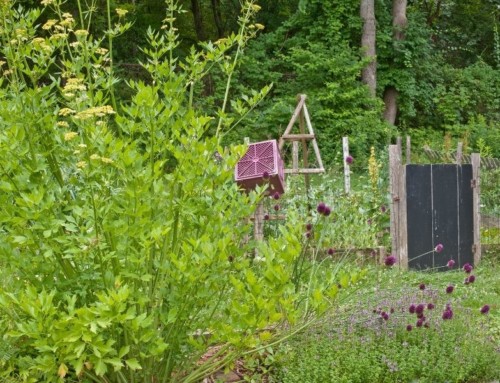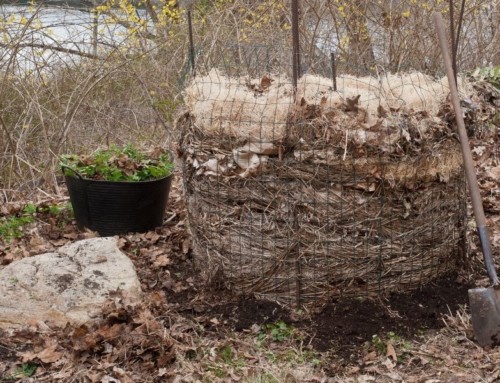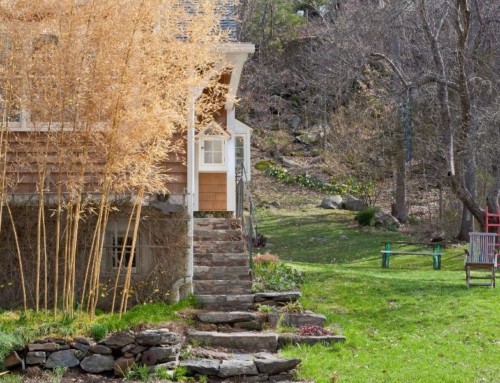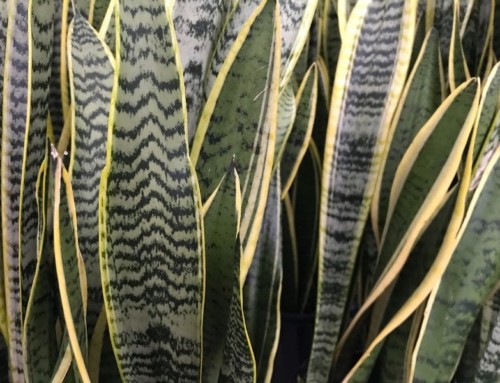Amaryllis (properly Hippeastrum) are the gifts that keep on giving.
This year I’ve had the privilege of filling my house with top-sized potted bulbs from White Flower Farm. No more cheap supermarket bulbs for me.
Eventually the show will be over. But after enjoying two or three bloom stems with clusters of colorful trumpets, I’m not one to toss them out.
Here’s how to keep amaryllis going
Just as with any perennial bulb, photosynthesizing leaves make food to store for next year’s growth; then they need a rest.
If you cut leaves off before they accomplish this the plant can’t complete its life cycle.
Leaves will appear before, during and/or after blooms
- Cut bloom stalks off when flowers are done (about 3″ above the bulb) so they don’t waste energy trying to make seeds. Be careful not to damage leaves.
- Leave the leaves.
- Grow your amaryllis as houseplants, in a warm spot with bright filtered light until late spring/early summer. They have lovely strappy foliage. The more leaves you can grow, the more flowers next year.
- Water occasionally; don’t let them dry out so much that the soil pulls away from the side of the pot, but don’t let them get waterlogged – that will cause them to rot – and attract fungus gnats.
- Amaryllis often have fungus gnat larvae hiding between scales of the bulb. If you see what looks like fruit flies flying around, water less so the soil’s surface remains dry – or put some sand on top. They’re harmless, just annoying. Crumbled non-toxic Mosquito Dunks or Bits will do them in if they get really bad.
- Once all danger of frost has passed, put pots under a tree.
- Fertilize with a bloom boosting fertilizer (with a higher middle number, for phosphorous, in the N-P-K rating). Water well and let mother nature do the rest (except during dry weather).
You can pretty much forget about them until July or August. Give them another dose of fertilizer then.
- Although plants in the Amaryllis family are toxic, slugs haven’t gotten the message. Sprinkle iron phosphate slug bait if their predations bother you or put the plants up on a surface the slimy critters don’t reach.
- As fall approaches, leaves might turn yellow and die. That’s means they’re going dormant. Just cut off brown leaves.
- Start paying attention in fall. Take them in before the first frost – frozen bulbs turn to mush, as I’ve learned the hard way.
- Stash them, pots and all, in a cool dark place, about 50-55 degrees for 8-10 weeks.
- Bulbs do best when somewhat tight to the sides of the pot. If they’re really rootbound or tight, upsize the pot by 2.” Replant in regular potting soil, leaving 1/3 of the bulb showing. You can do this in the fall as they go dormant or when you take them out of storage.
- Place pots in a bright warm space and water – once. Sometimes green “tongues” appear quickly, sometimes it takes weeks and weeks – and yet more weeks – for them to come to life. If you have a heat mat for seed starting, use that to speed up the process.
- Once growth resumes, water as needed, when soil is dry an inch or more down. Better too dry than too wet.
- Sit back and enjoy the show


